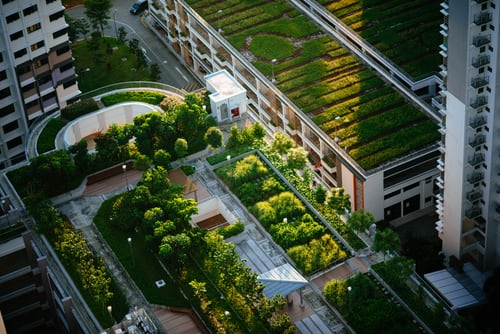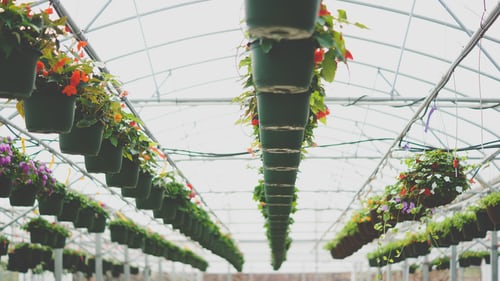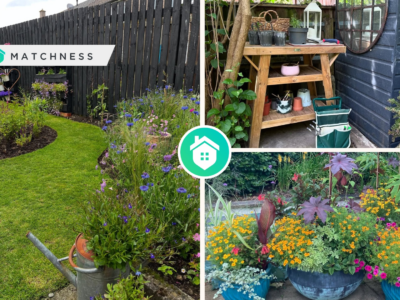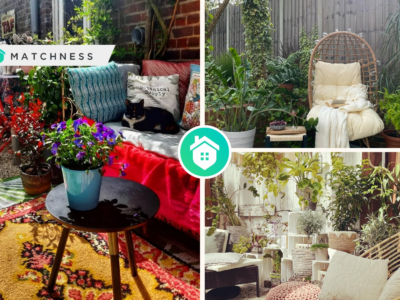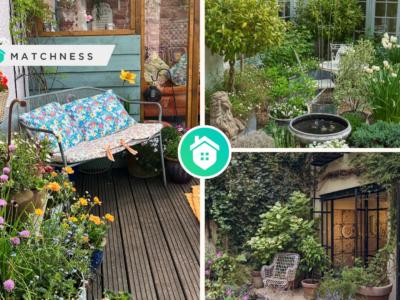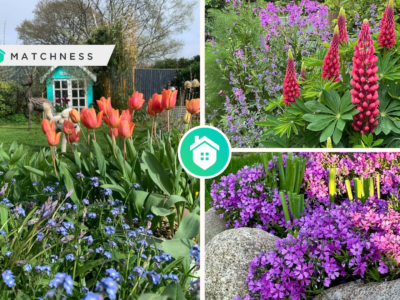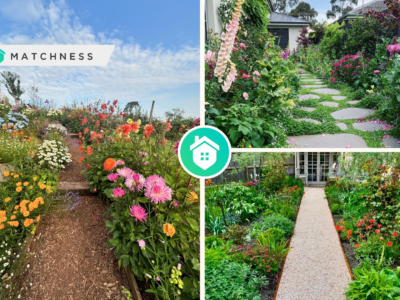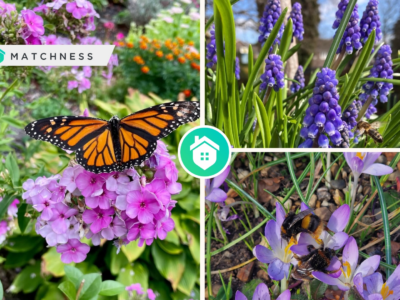Rooftop gardens are a lovely and eco-friendly addition to any urban house. Rooftop gardens allow you to grow attractive trees and grasses, flowers, and even food plants if you live in an apartment or a house without a yard. Before you start planting, consult a structural engineer and carefully plan the design of your garden. Moreover, it is quite important to choose the correct plants and decorations. Let’s check out some of the basic and important things to consider before making a rooftop garden a lovely part of your home.
Planning and Consulting
Begin with a strategy. Consider whether you want to plant in raised beds or containers before you go to the nursery, and how many of each you’d want. Examine the weight-bearing capabilities of your roof. The loading capacity of your roof structure refers to how much weight it can hold. Plants, plant pots, furniture, equipment, guests, and weather burdens such as snow are all included. Consult a structural engineer about your roof garden and how much weight it can support. It’s also a good idea to seek advice from an engineer to verify that the roof is properly waterproofed. Make a preliminary drawing of your garden, noting where you wish to add plants and furnishings. As you begin to create your garden, this will keep your rooftop orderly. You can always go back and rebuild anything if you change your mind.
Choose Your Plants
Before you start planting your rooftop garden, make a list of all the plants you’ll need. Before you can pick the correct plants for your rooftop garden, you must first identify virtually all of the issues. To keep your plants healthy, make sure they get at least six hours of sunshine each day. Also, roofs with drab hues heat up more quickly than those with vivid colors. When creating your rooftop garden design, keep the types of plants on your list in mind.
Because wet soil is heavy, it’s best to choose a lightweight growth medium for rooftop gardens. Never use conventional potting soil or ground dirt. For the particular load-bearing constraints of most roofs, specially manufactured lightweight growth mediums are required. You can check the options you have at https://www.urbanorganicyield.com/ and choose the one that suits your rooftop garden. Stronger plants will be better candidates for rooftop gardens due to the possibility of heavy wind and sunshine. Seedlings with these characteristics have a better chance of surviving their first year. If you want to add more delicate plants, provide shade or windbreaks. Purchase plants that are natural to your area. Local wildlife, such as birds and butterflies, will be attracted to plants native to your region or environment.
They will also adjust to your garden more readily than non-native species. Your plants will be considerably more likely to survive if there are strong winds or extreme temperatures. Choose plants and shrubs that are attractive. Large plants will cause your roof to sag and leave less space for additional decorations.
Water and Drainage
You’ll need plenty of water when you’re ready to start planting your rooftop garden. In most circumstances, especially throughout the summer, you’ll need to water your plants once a day. Unless you have enough rainfall to warrant a storage system, watering your plants with a hose will save you the most space. Attach your hose to a faucet or a water line on the roof. It is inconvenient to walk down and up the stairs with watering cans, therefore you should consider installing an appropriate irrigation system, such as drip irrigation. Another important consideration before planting your preferred trees and plants on your rooftop garden is drainage. To avoid harming your roof or the area below, it’s critical to think about waterproofing. Also, especially during heavy rains, your rooftop garden plants will require well-drained soil. It implies you’ll have to think about how you’ll get the surplus water off your green roof garden.
Heat and Sunlight
Apart from the heat that the sun radiates towards your roof, there’s also the heat that your roof accumulates over time. Unlike plants that grow in the ground and benefit from the shade provided by trees, potted plants do not have the luxury of being protected from the sun. While you may be able to give some shade from roofs and overhangs, you will need to pick cautiously which plants can withstand a lot of heat.
Growing plants on your rooftop is a fantastic idea since it allows you to make your house a lovely place to abide while also being eco-friendly. It is one of the finest venues to work while also spending precious moments with friends or family. So, if you’re hoping to start your rooftop garden today, double-check the items listed above and make sure to pay your full attention and care to this beautiful addition to your house.



